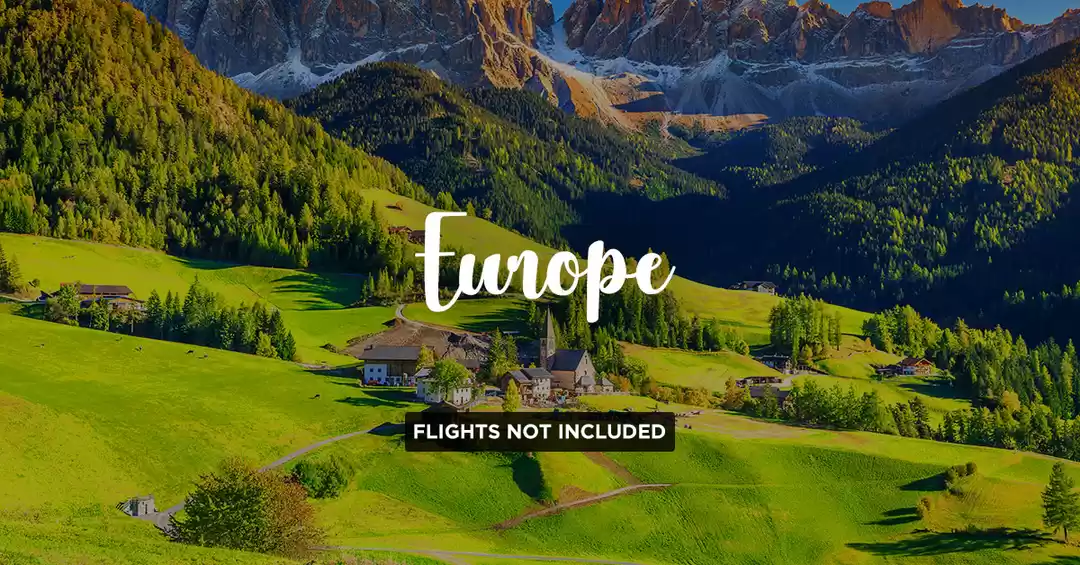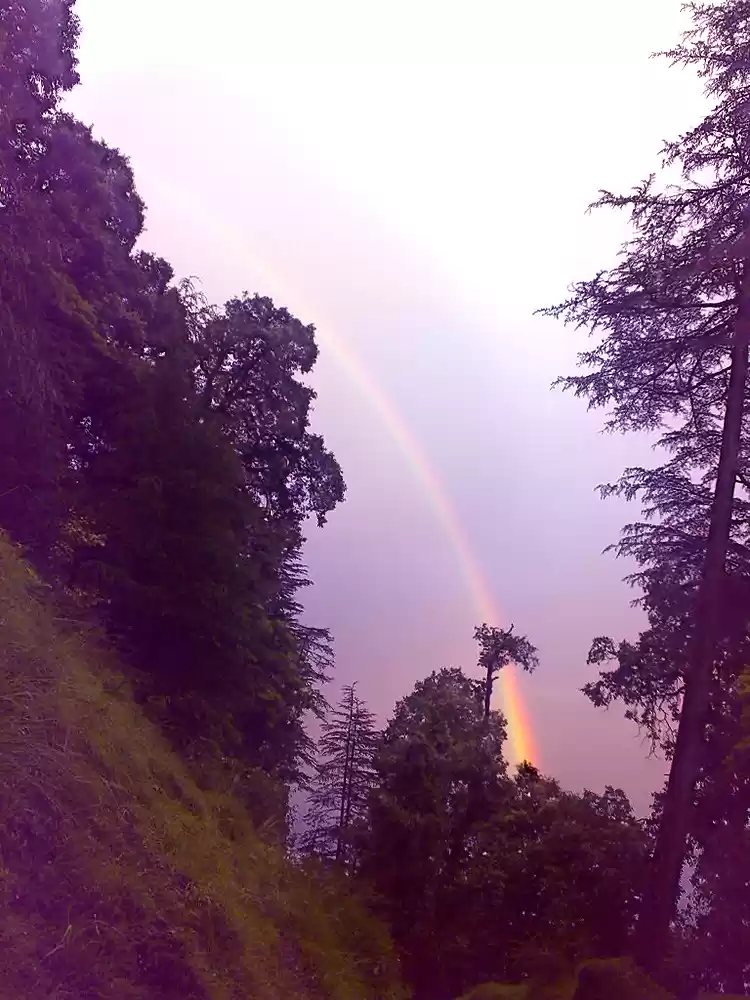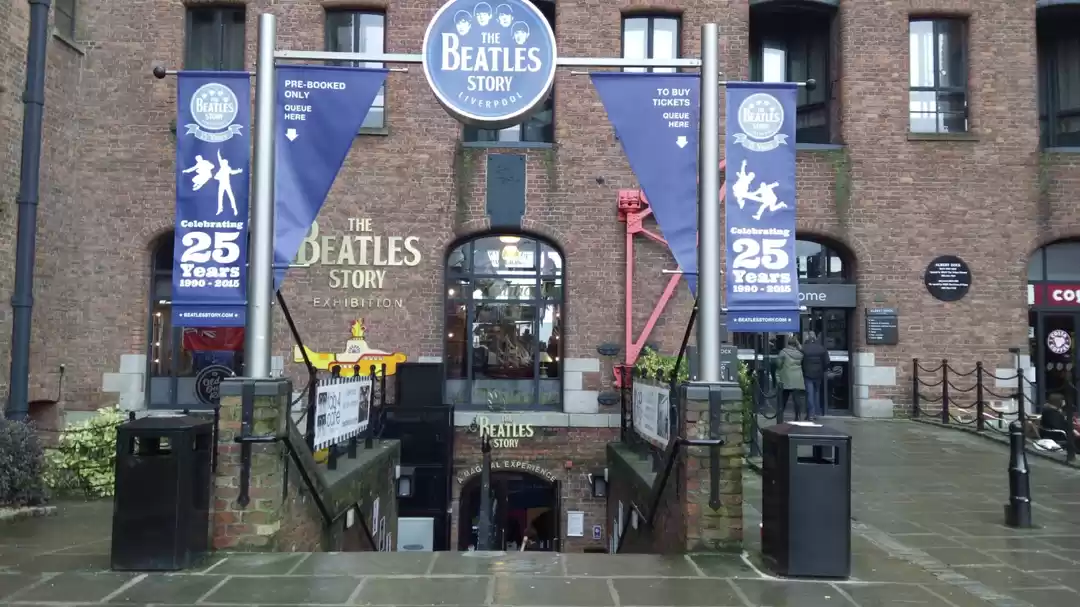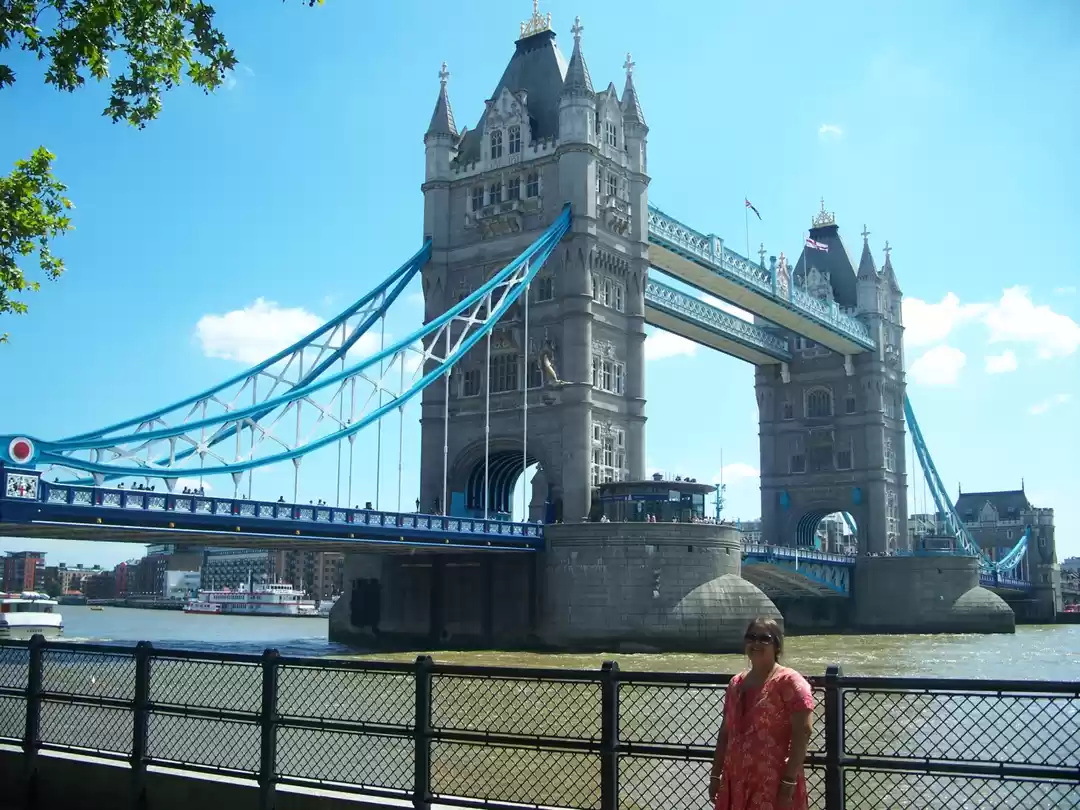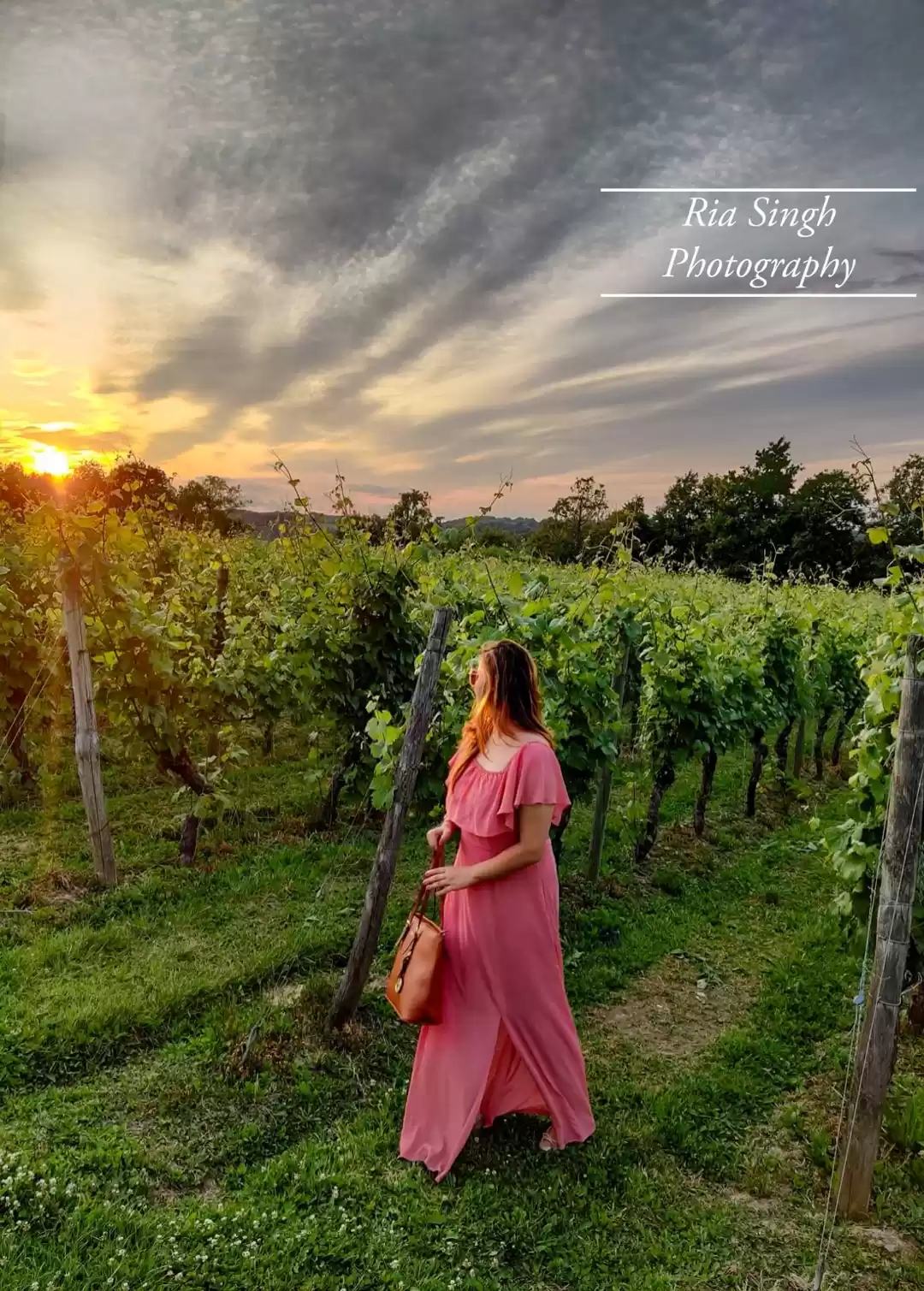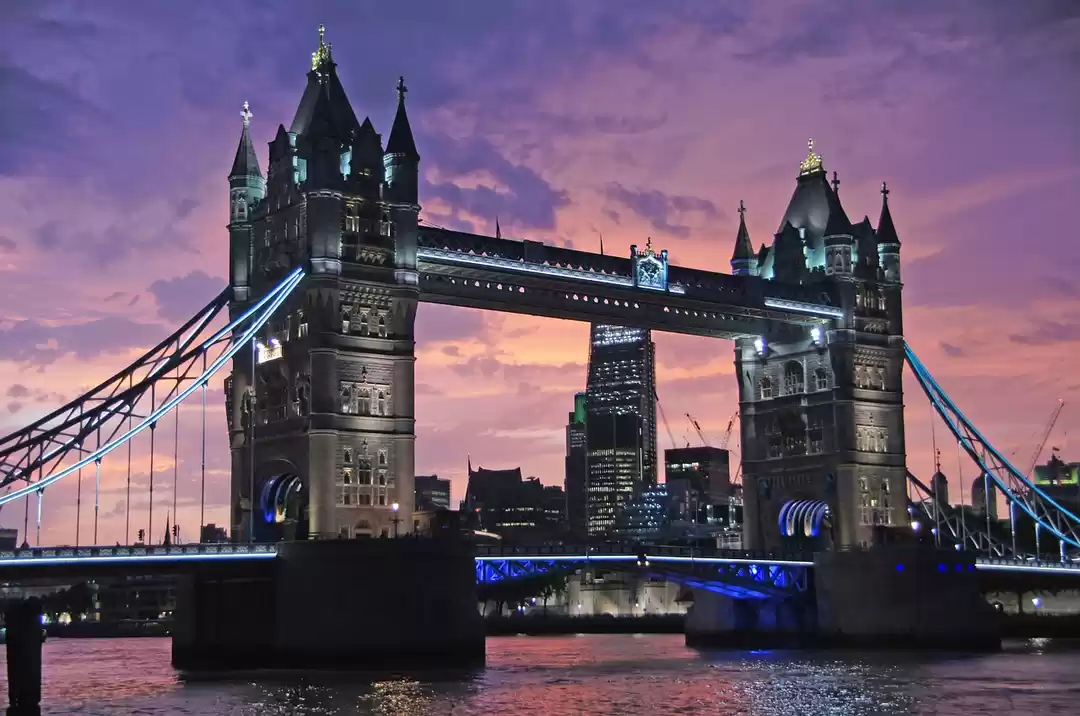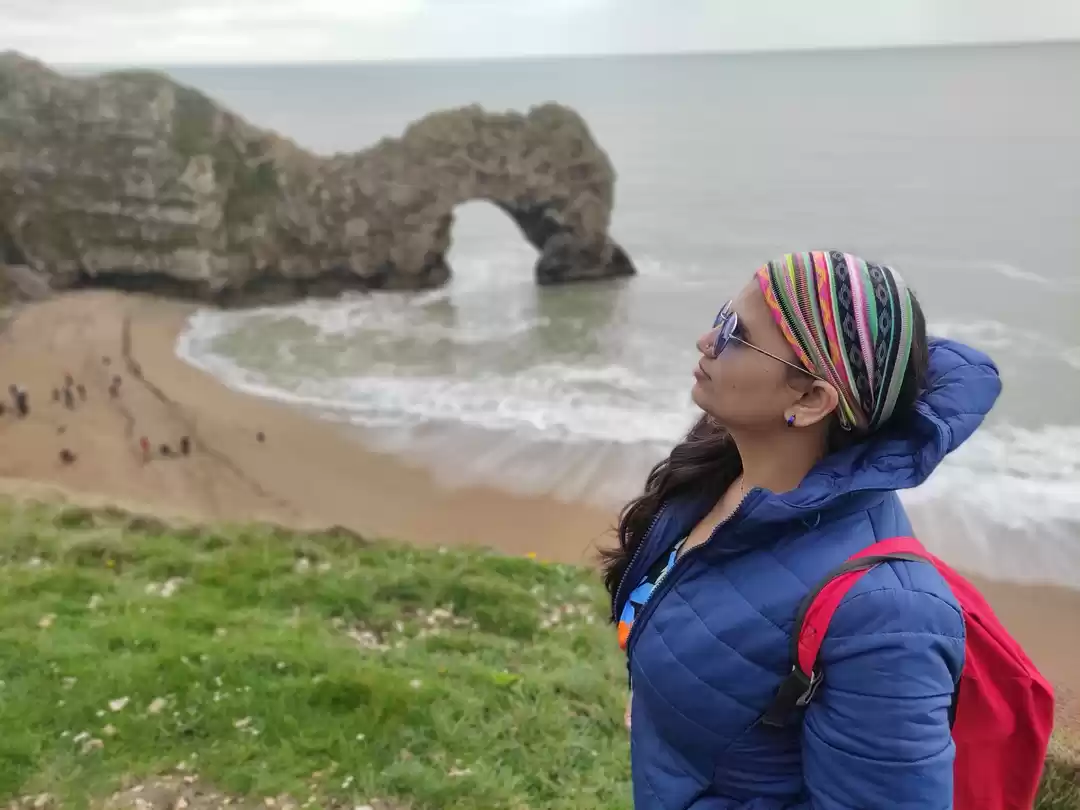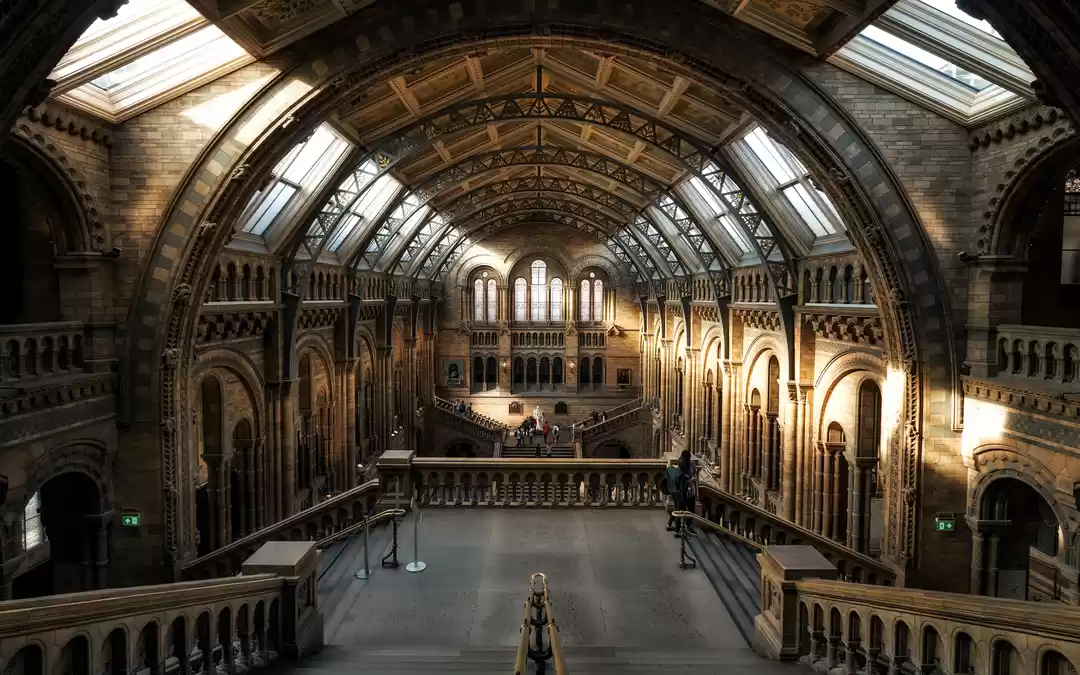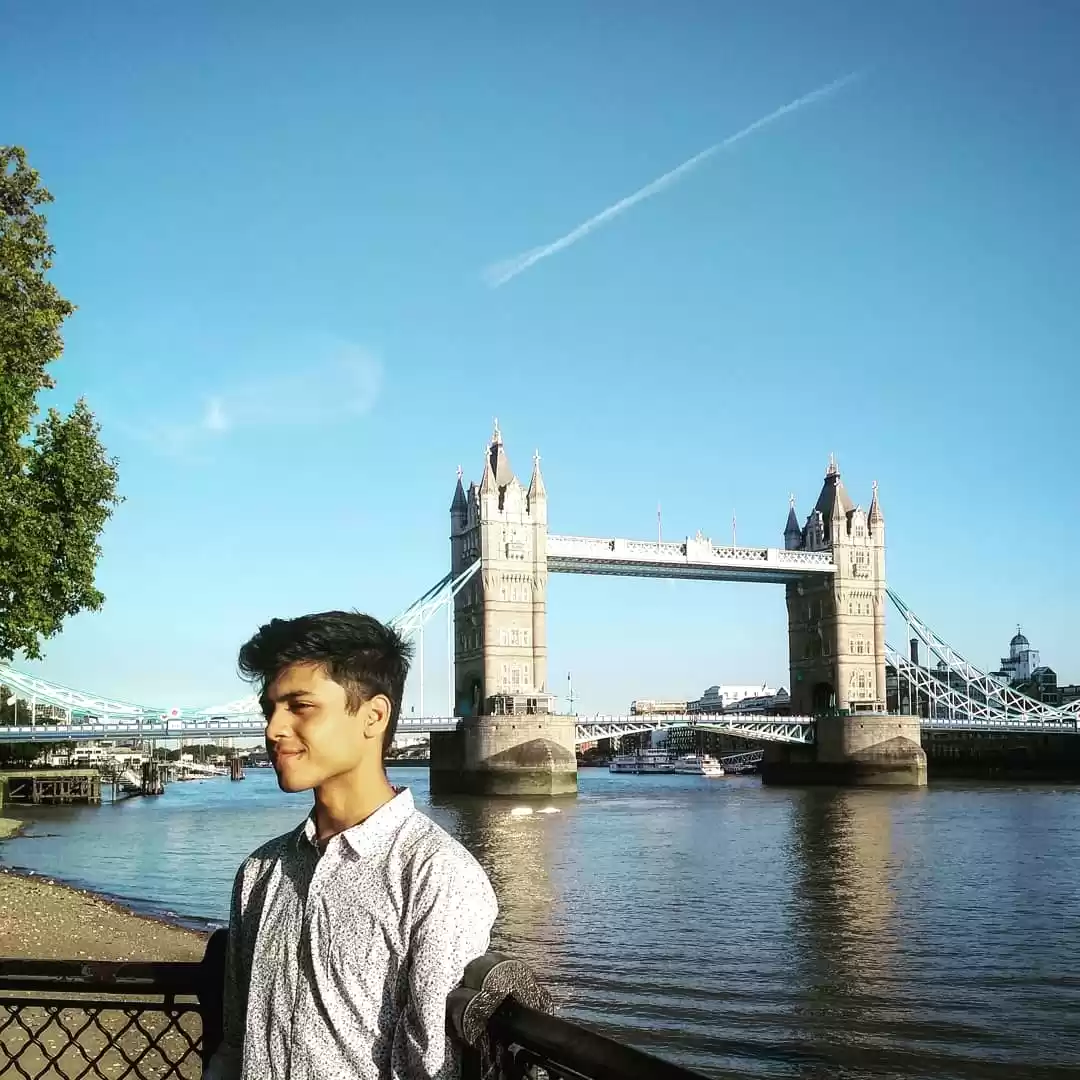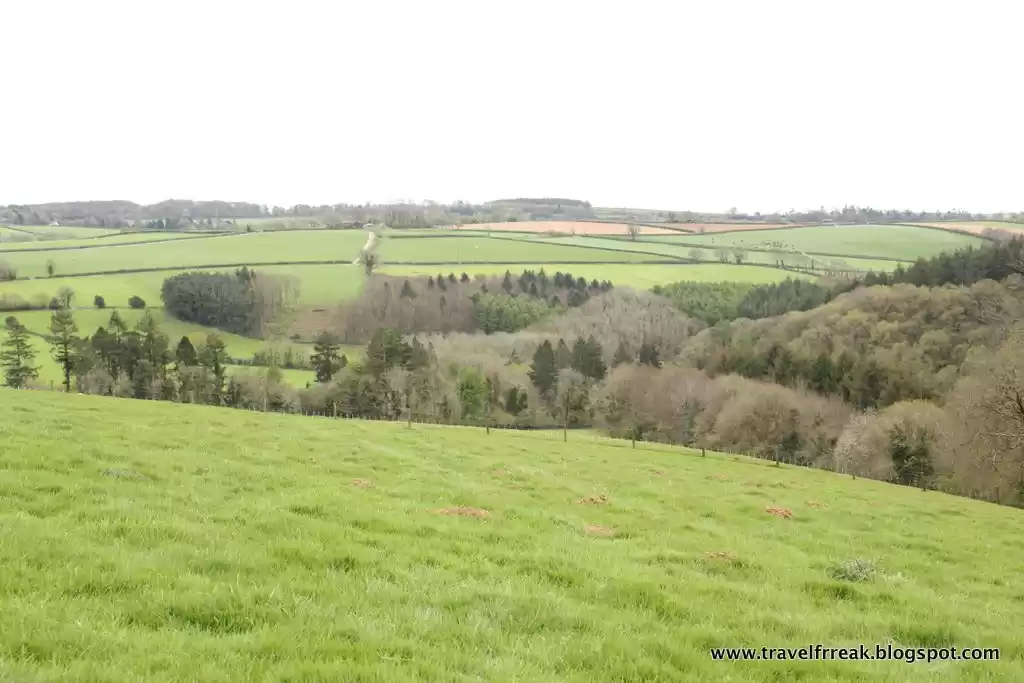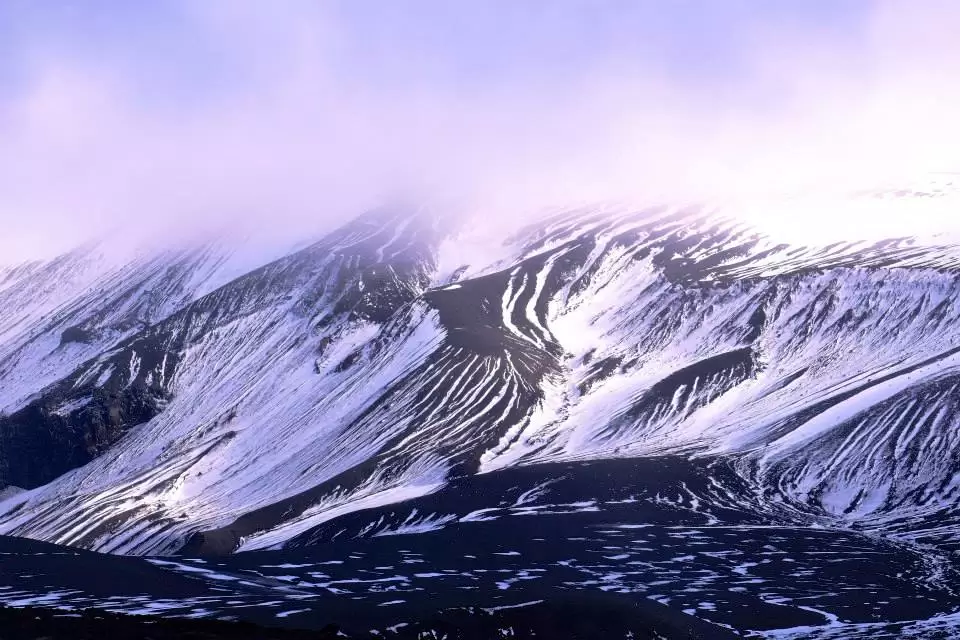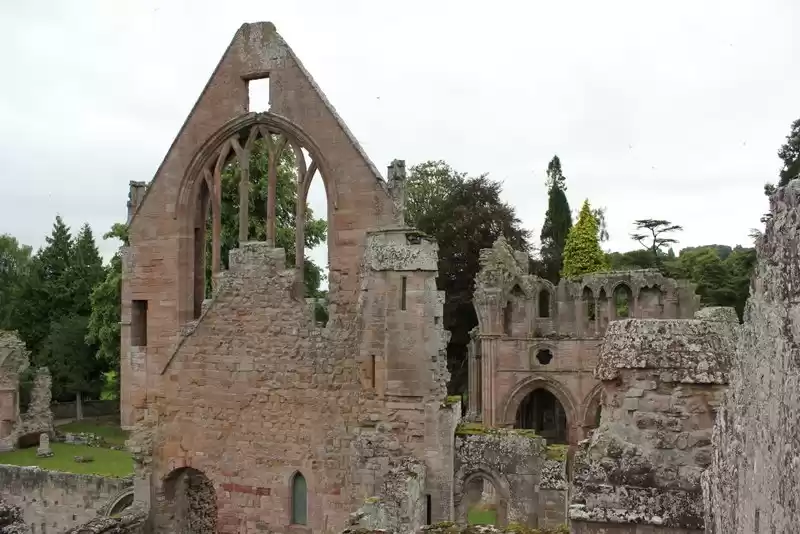
“Down to the Plymouth Rock, that had been to their feet as a doorstep Into a world unknown, the corner-stone of a nation!”
Still sleepy and with barely open eyes, I tried to fight the tickling that supposed to wake me up…but is there a better way to start a day than laughing and trying to get even with someone who’s smile lights up the room?
New day, new places to explore! We got ready and soon were on the road to Britain’s Ocean City – Plymouth. But before arriving in Plym, we paid flying visit to Buckfastleigh and beautiful Buckfast Abbey. Buckfastleigh is a town in South Devon, which came into its own in the 11th Century, when King Canute (the one that tried to order the sea to retreat – unsuccessfully) established the Benedictine Abbey in 1018. During the Industrial Revolution it transformed from a sleepy market town filled with pilgrims to a hive of activity driven by woollen, paper and corn mills.
Buckfast Abbey is a church rebuilt on its medieval foundations by the monks themselves. The Abbey Church is located at the centre of the buildings at Buckfast Abbey and is a reflection in bricks and mortar of the central importance of prayer in the heart of each monk who lives here. It conforms exactly to the original Cistercian ground plan and the basic shape is cruciform with the Church positioned in an east-west direction and the cloister and domestic buildings lying on the south side. The history of the Abbey Church is echoed throughout the building in the Gothic and Romanesque windows and archways as well as the statue in the Lady Chapel which is dedicated to the Virgin Mary – the part of the statue below the knee is medieval and was found in a wall near the Abbey when the rebuilding began. In contrast to the rest of the Abbey, the Blessed Sacrament Chapel brings a touch of modern design. The stunning stained glass windows which depict Christ at the Last Supper were designed and made in the Abbey’s workshops by the monks.
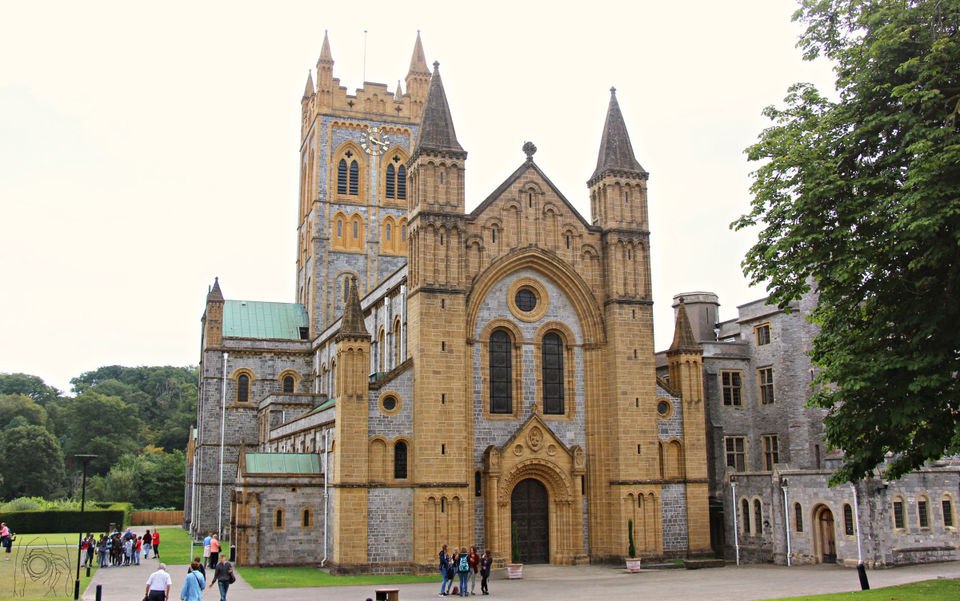
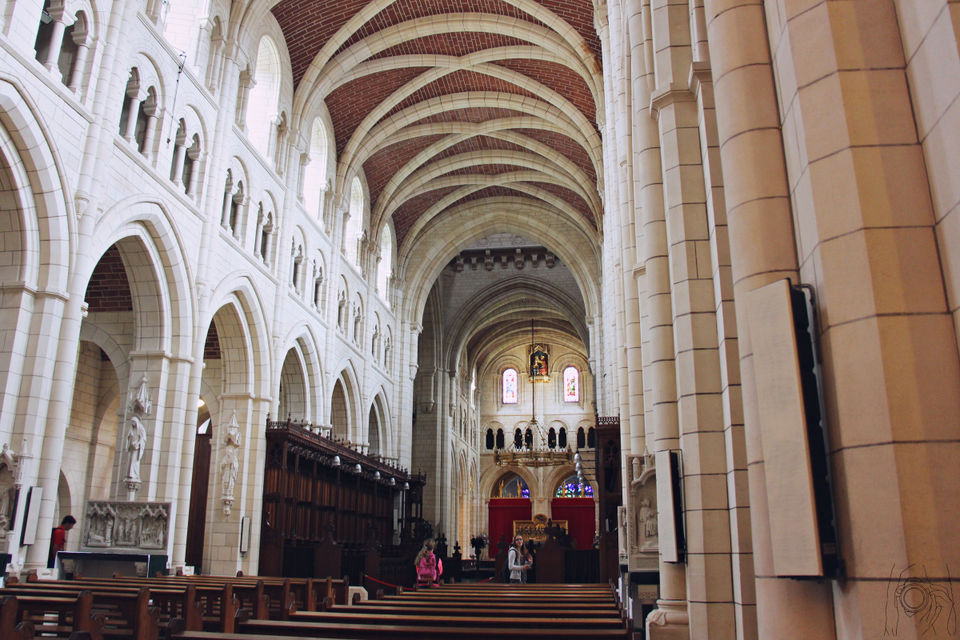
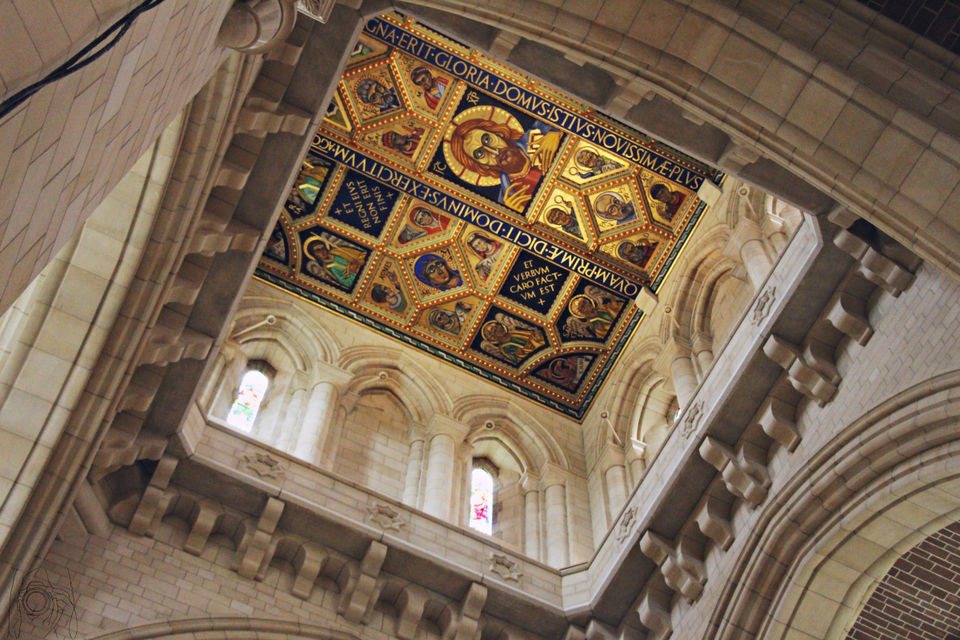
The Abbey is surrounded by gardens. While much of the area is given over to lawns, there are three self-contained areas planted according to different themes alluding to the history of monastic horticulture. The Lavender Garden contains over 100 varieties, illustrating the diversity of size, colour and shape within the lavender species. The plants are formed into rounded domes and in summer they fill the air with their scent, attracting bees and butterflies. The Sensory Garden is based on designs for medieval pleasure gardens and is intended to stimulate the senses of sight, smell, hearing and touch. The sound of trickling water and the fragrant flowers make it a peaceful, yet inspiring, corner of the grounds. In the Physic Garden, water flows gently over a large granite stone which saw former use as part of a cider press and passes through rills to other parts of the garden. Circling the fountain is a camomile seat surrounded by a trellis of honeysuckle and heavily scented white roses. A fourth section, separated from the observer by a small moat, exhibits poisonous plants. Among the different varieties of foliage, flower and fruit, one can see that onion and garlic were used in the past for flavouring and antibiotics, while the herb woodruff was employed for use in liqueurs, wine and sorbets.
The morning was chilly and I craved coffee or any kind of caffeine to wake me up. But as soon as we entered the Abbey, I felt such peace and tranquility. The architecture and the artwork which decorates the interior is absolutely amazing. We were walking around, staring at the ceilings and windows, taking in all the beauty of the place… We were visiting the church at the same time as some young students with their teachers, but I felt like we were all alone in this soothing place. When you walking pass the altar, you can find a quiet room where people can pray in peace and quiet. There is an amazing mosaic on the windows which doesn’t let you look anywhere else. It’s so captivating and beautiful… I got entirely lost for a few seconds… One of the thoughts which crossed my mind after we were walking back to the car was how much I miss the history of art lessons and learning how many of the places worth admiring are there in the world.
We got back on the road, with a radio turned on, quietly singing along and waiting to see the ‘Welcome to Plymouth’ sign…it wasn’t long till we saw it and His eyes got that sparkle which tells you that all the memories of the place are coming back. I couldn’t wait to explore the city where He studied and getting to know all the places where He spent his time. There is something amazingly beautiful when a person takes you to his/her favourite place. In their eyes, you can see pure happiness and excitement for being back at the place which was their home… Our first stop was the Plymouth University, and beautiful campus, which will probably never be a reality in Croatia…
I listened to His voice changing tone every time he would see the familiar place or notice that something’s changed. I was enjoying listening to all the stories about student life, watching His face light up every time He would remember something new. There is something so beautiful in people who open up to you and want you to get to know them as they were and what they want to be. That moment, when the past and dreams about the future combine and let out all the beauty of another human being.

Map of Plymouth
We walked from the University to Drake Circus and to the city center. The streets were full of people going in and out of the stores, seagulls searching for food or a victim to steal the food from, street singers and just people who were living their everyday. I was overwhelmed with a feeling of being a foreigner, being a stranger and a tourist in a city where nobody knows my native language. Plymouth reminded me how amazing feeling it is to get lost somewhere you’ve never been before. The beauty of seeing things for the first time. Taking in all the atmosphere of the place you don’t know yet. Feeling free. Forgetting the rest of the world exists because I’m holding His hand. My world, in my hands.
As we were walking to Plymouth Hoe, He gave me a lesson on history, since I probably shocked Him by admitting I don’t know almost anything about Sir Francis Drake and Spanish Armada. As we climbed up the hill, we passed by the place where according to a legend Sir Francis Drake played bowls as the Armada sailed up the Channel. Luckily for me, my travel partner and my guide happened to be a very smart young man who told me everything about Drake and the defeat of the Spanish Armada in 1588.
In the central area of the Hoe there is Plymouth Naval Memorial, developed after World War One (architect Sir Robert Lorimer, sculptor Henry Poole) as a way of recognizing members of the Royal Navy who gave their lives at sea and were either lost or buried at sea. The Memorial is one of three, the other two located at Chatham and Portsmouth. An addition was created after the Second World War (architect Sir Edward Maufe, additional sculpting by Charles Wheeler and William McMillan). The Memorial bears the names of approximately 23,000 naval personnel from the United Kingdom, South Africa, Australia and natives of the Commonwealth countries who volunteered. One of the notable groups of names were those of the South African Labor Corps troops, who came from what is now Soweto, 616 of whom drowned when the SS Mendi collided with another ship. Legend has it many of the troops, knowing their death was imminent performed the “Death Dance” until the ship slid beneath the waves.
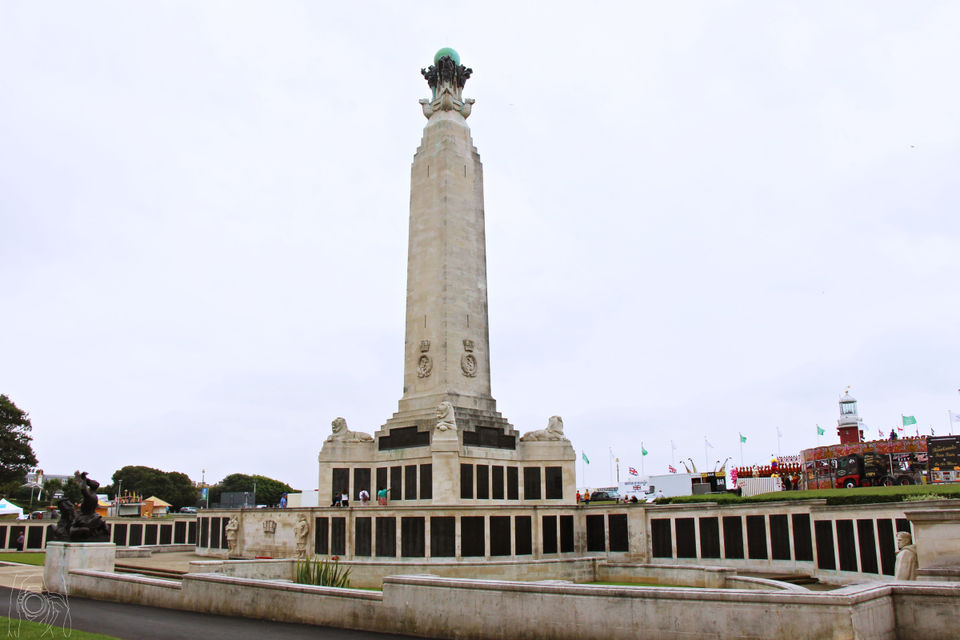
Plymouth Naval Memorial
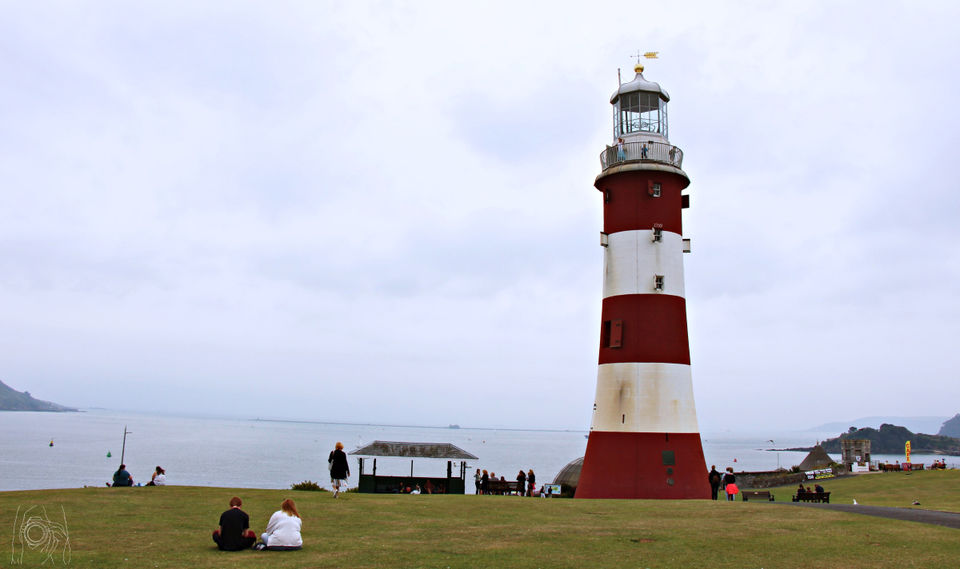
Smeaton’s Tower Lighthouse
We walked down to Barbican and spotted the Mayflower Steps where in 1620 the Pilgrim Fathers embarked on the Mayflower voyage to the Americas. We got on a boat and headed to Cawsand, a fishing village with tiny, pastel-coloured cottages spilling down towards the sheltered harbour. Back in the 18th- and early 19th-centuries, this peaceful village was a hotbed for smugglers like the legendary Harry Carter, who used Cawsand as a port-of-call for the contraband liquor he brought ashore. Local ladies would strap bladders full of rum and other goodies to themeselves, and waddle off up the street to sell them on.
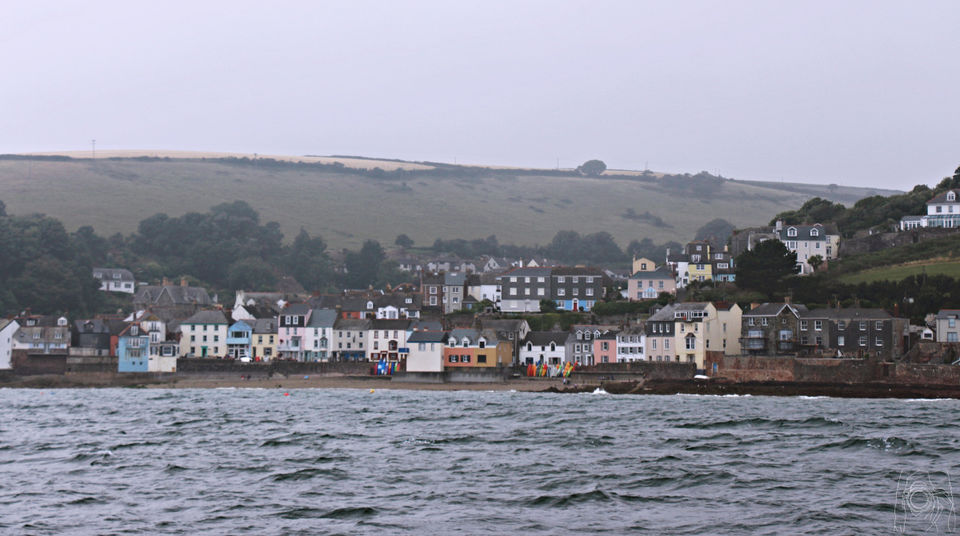
Cawsand
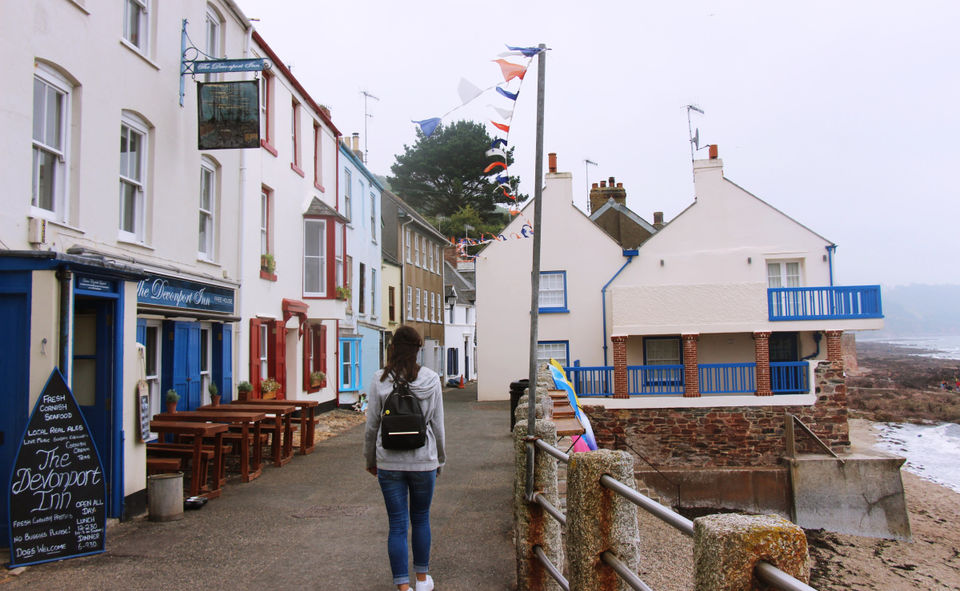
Credit: Michael Dalton – Give a man a camera
We decided to get back to Plymouth following the sea path, so we climbed up the Mount Edgcumbe and continued exploring the southwest coast. We found a way through the woods, with amazing views all along the path. From time to time, we’d stop and read the signs and messages on the benches along the way, such as ‘In loving memory of …. who loved this place’, and it got me thinking about people who used to spend hours sitting there, watching the sea, contemplating or spending time with his/her loved one. Things like that somehow always make me think how much time we spend worrying about temporary, material things which will fade out with time…we don’t spend nearly as much time showing affection to people we care about… Could be typical cliche, but I wished for us to stay as we are now, young and caring, always finding time for each other and investing in our time together and creating beautiful memories in different countries, which will make us smile sometimes later in the future… I wished for us to stay kids inside, to never grow up. To never stop dreaming about travelling the world and living our passion as only we can. I wished for us to be happy.
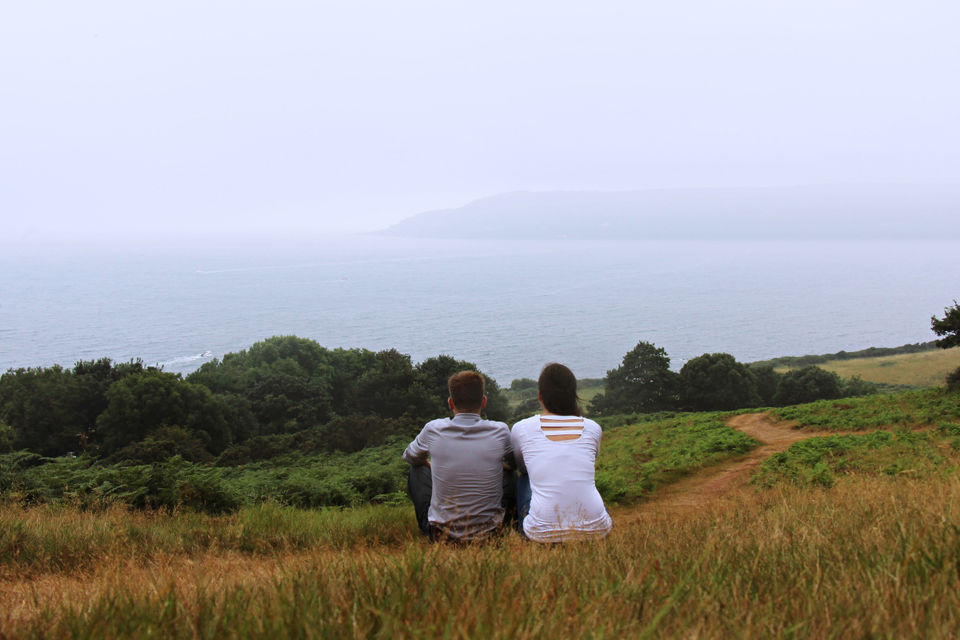
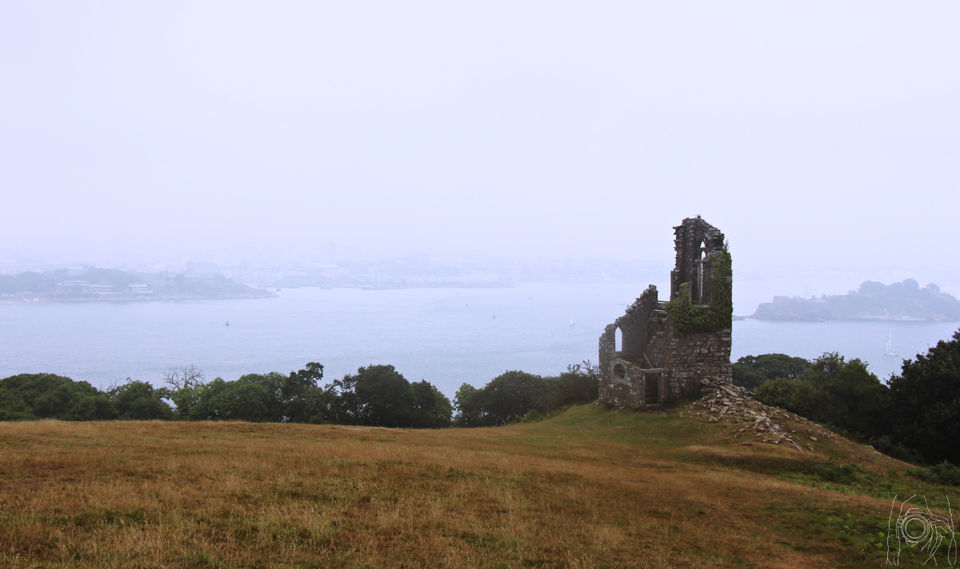
Our last stop before getting the ferry to Plymouth was Mount Edgcumbe House, former Tudor home of the Earls of Mount Edgcumbe.The house is located on a peninsula that extends into the River Tamar, giving Edgcumbe and the surrounding grounds some spectacular views over Plymouth Sound, one of England’s finest natural harbours. In the early-16th century the estate, along with the adjacent Rame peninsular came into the possession of Sir Piers Edgcumbe, through marriage. Sir Piers’ family home was located ten miles to the north of the Rame peninsula, on the banks of the River Tamar at Cotehele. Sir Piers created a deer park at Mount Edgcumbe in 1539. The first family residence was started by Richard Edgcumbe (the son of Sir Piers) who in 1547, commissioned Roger Palmer, a local mason, to build a new house on the eastern slopes of the peninsula, overlooking Plymouth Sound and the River Tamar.
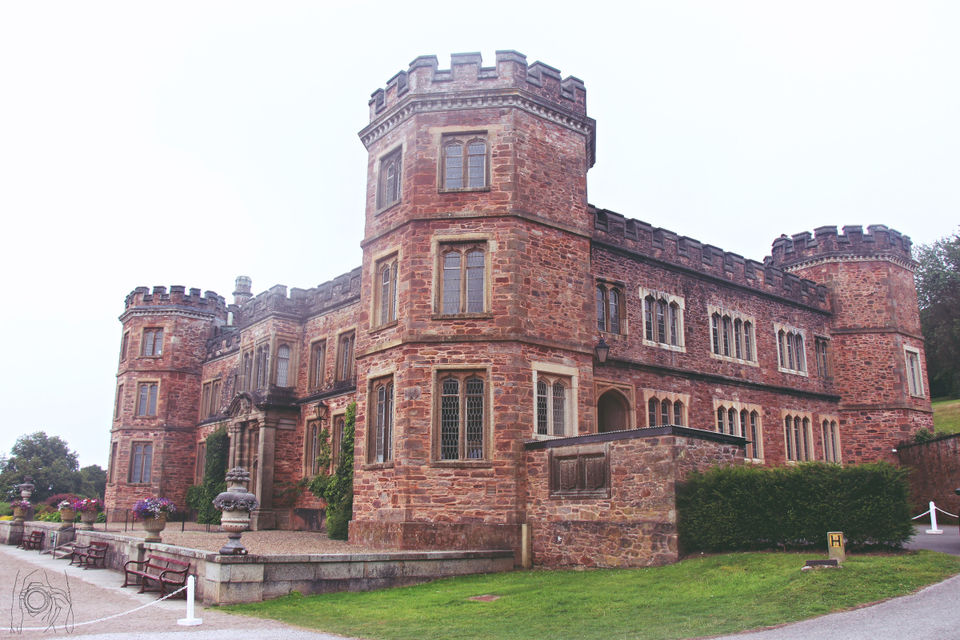
Mount Edgcumbe House
We made our way back to Plymouth and explored Barbican a bit more. We sat in a bar, waiting for His friends from the Uni and summing up the day. Soon it was time to go back home, so we said our goodbyes and promised to come back. Of all the places we visited, and which I will write about more in the next posts, Plym was my favourite. There’s something about the historical background, view from the Hoe, and Sound which takes you to hidden little places. There’s also something magic about Barbican and the harbour, especially when you can hear someone playing saxophone while looking at the glow in the eyes of that special someone…
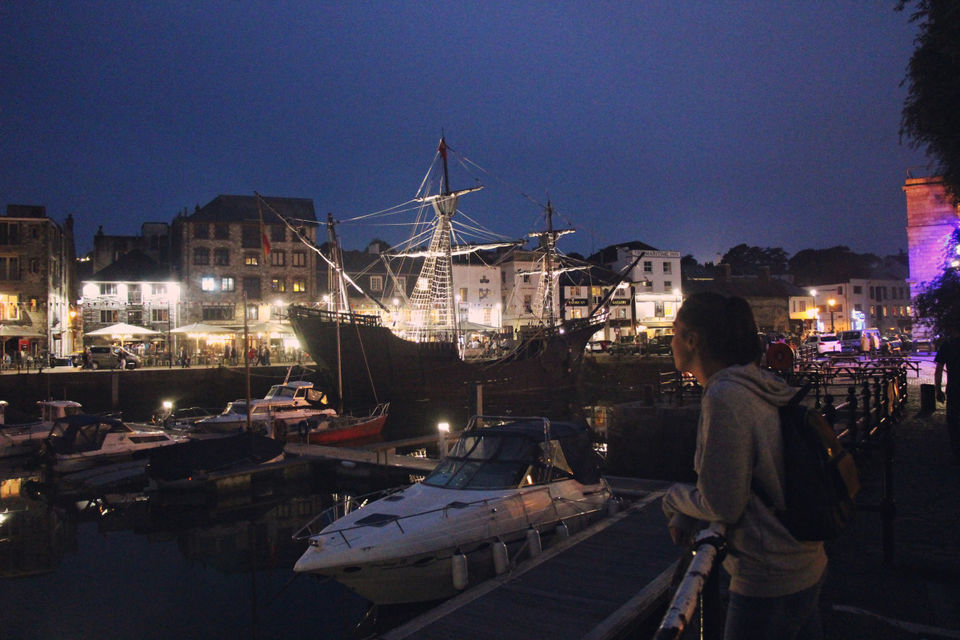
This blog was originally published on 'Losing sight of the shore'



